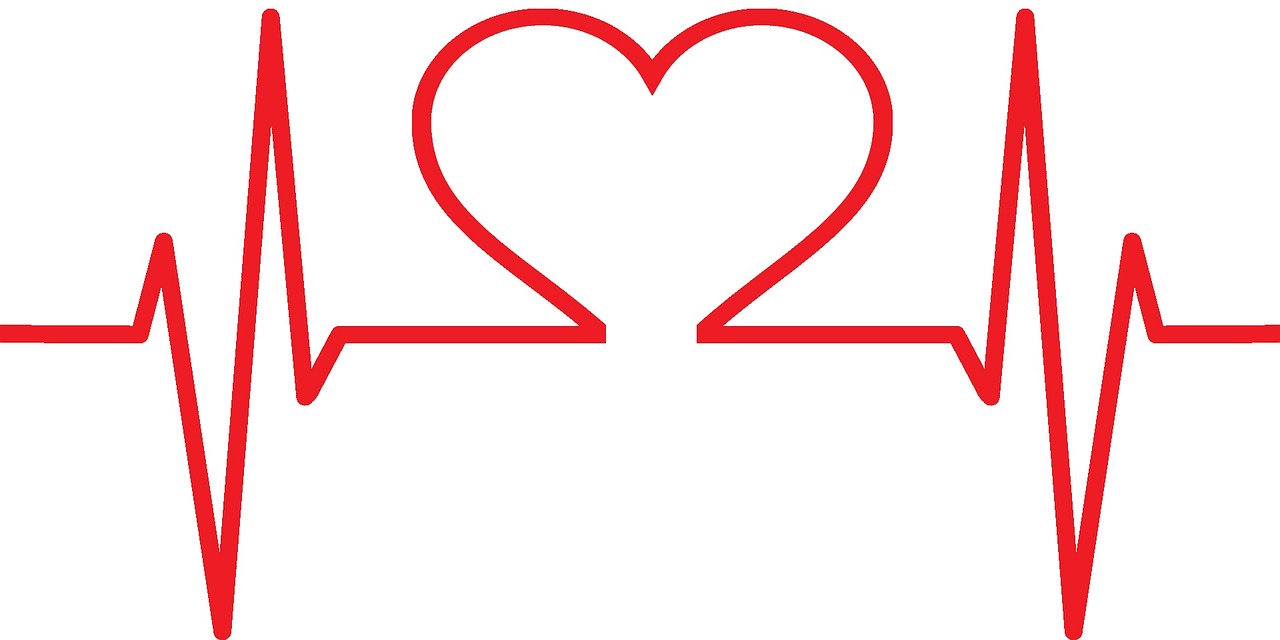When it comes to heart attack, I believe that many people have the impression that it comes without warning, and that it will happen as soon as it happens. In fact, this is a stereotype, most of the acute heart attack comes, there are some signals: such as left arm pain. Attention to these heart attack signals, can help patients grab down more time to save treatment.
Arm pain
Clinical practice has proved that left arm pain may be one of the manifestations of angina or even heart attack, and we generally call pain in places other than where the organ is located as a result of an acute illness in an internal organ, radiating pain.
Unlike the kind of pain felt after a muscle strain or exertion, arm pain during a heart attack is usually a dull ache, usually dominated by pain in the left shoulder and the inside of the left arm, which may also be accompanied by a feeling of heaviness or burning.
This radiating pain may be the result of heart pain being transmitted to the arm through nerve pathways.
Of course, it is not arm pain must be heart attack, angina resulting in arm pain is often more sudden and short-lived, up to 10 to 20 minutes like; heart attack resulting in arm pain may be longer, but also generally accompanied by other manifestations, such as chest tightness, gasping for breath, etc., in this case, we must promptly call the 120 to send a doctor.
If a pain in the pain for several days, rub and some good, no other accompanying manifestations, that most likely has little to do with the heart attack, and do not have to scare themselves.
Chest pain
Chest pain is the most typical symptom of an acute heart attack and is accompanied by profuse sweating.
When describing this chest pain, many patients will often say that it is like a big stone pressed on the chest, like being strangled in the chest, or more accurately, it will be described as stuffy pain, distension, or squeezing sensation.
Chest pain from a heart attack can last more than 15 minutes or even hours.
This type of chest pain is more common than arm pain and therefore requires more attention.
Sore throat
Unlike the cold and fever type of sore throat, the sore throat caused by a heart attack has a feeling of a blocked throat, along with symptoms of heavy sweating.
Toothache
If you have not been diagnosed with any dental disease before, but suddenly have a severe toothache that cannot be solved by taking medicine or going to the dentist, then you cannot rule out the possibility of a heart attack.
Similar to the cause of arm pain, this type of toothache is due to the fact that the pain of the heart attack is transmitted by the nerves to the location of the mouth, so instead of feeling pain in one particular tooth, the toothache may be in several teeth.
In addition to these symptoms, if you experience gastrointestinal reactions such as vomiting, diarrhea, abdominal pain, or radiating pain in the back of the neck for no apparent reason, you should also be careful of signs of heart attack.
These symptoms appear in parts of the body that are easy to be ignored, and if you are a smoker, overweight and obese, dyslipidemia, hypertension, diabetes, early coronary heart disease family history and other high-risk groups, you must be on the alert for these symptoms.
In addition to these traditional factors, there are other factors that may also induce heart attack, such as work fatigue, excessive exercise, mental stress, staying up all night, depression and anxiety, and so on.
When a heart attack occurs, proper first aid is critical:
- Call emergency services immediately: If you experience heart attack symptoms, seek professional medical help immediately and do not try to drive yourself to the hospital.
- Stop activity: Keep the patient calm and avoid any form of activity to minimize the strain on the heart.
- Nitroglycerin: If your doctor has prescribed nitroglycerin, take it by mouth as prescribed to help dilate blood vessels and improve blood supply to the heart.
- Cardiopulmonary resuscitation: If the patient is unconscious and has no heartbeat, immediately perform immediate cardiopulmonary resuscitation (CPR) until medical professionals arrive.
A heart attack is a serious medical emergency, and knowing the signs and first aid is critical to saving lives.
At the same time, it is by improving our lifestyle and controlling risk factors that we can reduce the risk of heart attack at its source.



